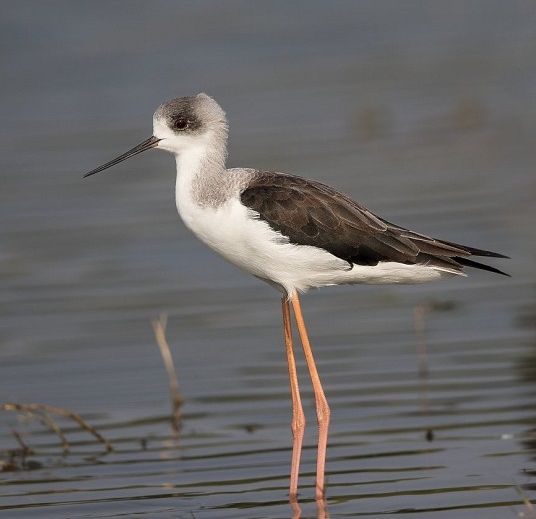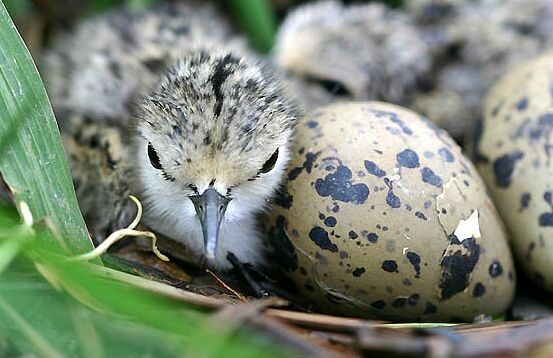I have previously made two postings on Arunachala Birds about the Black Kite, you can view them at this link here and here.
For a number of months this year a colony of around 15 Kites regularly gathered at the Samudram Eri. Because of heavy undergrowth and a number of ponds on the 700 acre Eri, food was plentiful for their community.
My dogs and I walk daily on the Samudram Eri and as some of the ponds dried out, large dead fish were often to be seen on the top of the water and available to the animals frequenting the water-holes.
 |
| Small Cluster of 3 Kites on Samudram Eri |
My dogs and I walk daily on the Samudram Eri and as some of the ponds dried out, large dead fish were often to be seen on the top of the water and available to the animals frequenting the water-holes.
 |
| Max to the rescue |
Some of the dead fish were heavy and to help out my Labrador Retriever Max who would jump into the pond, gather the dead fish in his mouth, swim to the side and then deposit the dead fish on the pond’s bank.
In this way the colony of Kites became quite familiar with me and my dog gang and would often hang around for a nice fish dinner. The Kites were so comfortable with our presence that on one occasion when I was holding a dead fish by its tail and looking for a high spot to deposit it for the birds, they clustered over me, flying barely 20 feet from my head, eager to be the sole recipient of the large dead fish. The Kites were respectful of both my space and my 6 dogs and in no way threatened or bullied us. It was a truly a “Disney” moment.
However I am familiar of how opportunistic Black Kites can be, as one day swimming in what was then a Lake, a large Black Kite came swooping down and plucked a nearby duckling (who was swimming with its family) from the water and quickly made off with it.
Description of Black Kite
This bird is around 24 inches, approximately the size of a Vulture. The Black Kite has dark brown plumage with a paler head and neck and with a dark patch behind the eyes. The outer flight feathers are black and feathers have dark cross bars and are mottled at the base. The cere, gape and legs are yellow. The Black Kite has a distinctive shrill whistling sound followed by a rapid whinnying call — ewe-wir-wir-wir — both uttered whilst on a perch and also on the wing.
 |
| Black Kite |
The Black Kite inhabits a wide variety of habitats such as semi-deserts, grasslands and woodlands but avoids dense forests.
It is generally found near human habitations whether city or hamlet. Skilful when flying, turning and twisting to scoop scraps from traffic congested thoroughfares and avoiding tangles of overhead telephone and electric wires. The Indian Black Kite population is well adapted to living in cities and found in densely populated areas. Large numbers may be seen soaring in thermals over cities. In some places, they will readily swoop and snatch food held by humans. The bird which is both resident and migratory remains permanently in tropical regions.
 |
| Kalu Parandu in Tamil |
It is generally found near human habitations whether city or hamlet. Skilful when flying, turning and twisting to scoop scraps from traffic congested thoroughfares and avoiding tangles of overhead telephone and electric wires. The Indian Black Kite population is well adapted to living in cities and found in densely populated areas. Large numbers may be seen soaring in thermals over cities. In some places, they will readily swoop and snatch food held by humans. The bird which is both resident and migratory remains permanently in tropical regions.
| Black Kite in Flight |
Sexes are alike and they singly or gregariously scavenge in towns and villages. Black Kites are opportunistic hunters and are more likely to scavenge. They are attracted to smoke and fires, where they seek escaping prey. This behaviour has led to the belief that Kites spread fires by picking up burning twigs and dropping them on dry grass. They spend a lot of time soaring and gliding in thermals in search of food. The Black Kites' food consists of carrion, garbage, earthworms, winged termites, reptiles, rodents, fish, bats and young birds.
The breeding season of the Black Kite in India is during winter. At that time the bird forms large communal roosts. Flocks may fly about before settling at the roost.
The bird’s nest which is an untidy platform of twigs, iron wire, tow, rags and is built in a large tree, roof or the cornice of a building, Both sexes take part in nest building, incubation and care of chicks.
The clutch usually contains 2 or 4 eggs, pinkish white, light spotted and blotched with reddish brown.The incubation period varies from 30–34 days. Chicks of the Indian population stay at the nest for nearly two months. Birds are able to breed after their second year.
 |
| Black Kite' Eggs |
The clutch usually contains 2 or 4 eggs, pinkish white, light spotted and blotched with reddish brown.The incubation period varies from 30–34 days. Chicks of the Indian population stay at the nest for nearly two months. Birds are able to breed after their second year.
Below is a beautiful video of "The Black Kite Story"










































